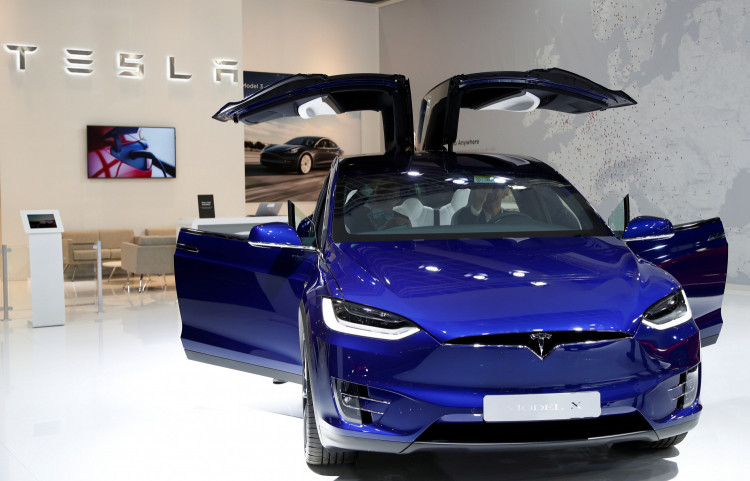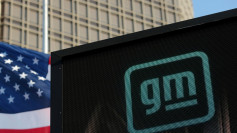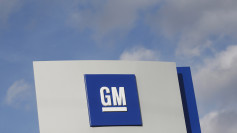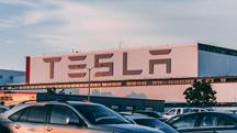A sizeable number of Tesla Model S and Model X units assembled between 2012 and 2018 have been plagued by failing touchscreen panels and following the investigation conducted by the National Highway Traffic Safety Administration (NHTSA), these EVs need to be repaired. The U.S. agency asked Tesla to recall 158,000 units.
All the affected Tesla EVs have the same problem - the media control units installed on these vehicles have been found susceptible to system crashes, per the NHTSA probe, and they require immediate fixes to avoid the possibility of accidents.
The document published by the NHTSA showed that the touchscreen MCUs are powered by the NVIDIA Tegra 3 processor with 8GB of memory. It was established that the malfunction happens when the on-board storage reaches its capacity, thus causing the control panel to freeze and unusable.
Once the MCU fails, users will lose control of the rearview camera and other safety-related functionalities of the identified EVs. CNET said they include the windshield defogger, turn signal chimes, and the Autopilot driver-assistance system, and all these mechanisms not functioning could potentially lead to a car crash, said the safety agency.
The NHTSA report also mentioned similar incidents and noted that "the failure rate in this investigation is significantly greater than the failure rate for vehicles involved in prior recalls involving similar behavior."
If Tesla will follow through on the advisory issued by the U.S. government, thousands of Model S built and delivered between 2012 and 2018 are subject to recall and subsequent repair. As for the Model X, the NHTSA finding identified units that were released between 2016 and 2018.
The investigation was started in June 2020 and is still underway, per the report by The Verge. But the conclusion that a recall is needed to fix the problem was arrived at due to a statement provided by Tesla that MCUs with the NVIDIA chips are prone to dysfunctions.
It was understood that Tesla tried to remedy the MCU failures by issuing a series of over-the-air updates but the U.S. agency deemed the action as "procedurally and substantively insufficient."
For the NHTSA, the best solution is for Tesla's technical team to physically check on the problematic touchscreen and apply the necessary fix. The agency's report took note that because of the MCU failure, the EVs are losing their access to the backup camera.
The continued malfunctioning that cuts off control to the camera in violation of federal safety regulations, added the report from the safety body.
If Tesla will not implement the recommended recall by January 27, the NHTSA asked the automaker to explain in writing about its decision and provide the justifications why the company should escape further penalties.





